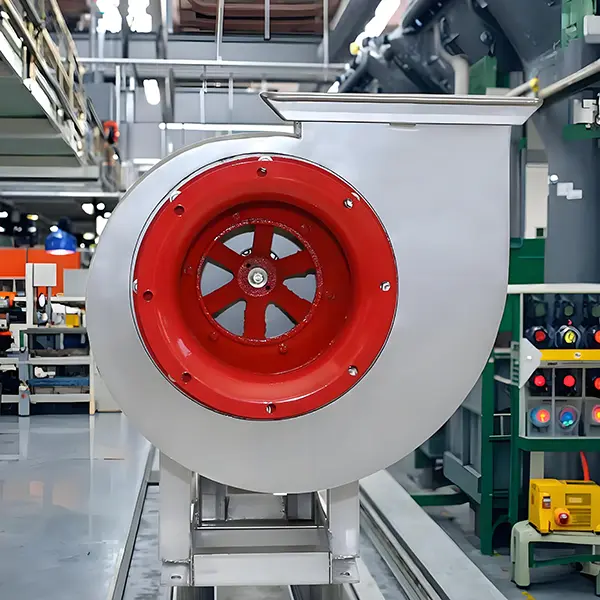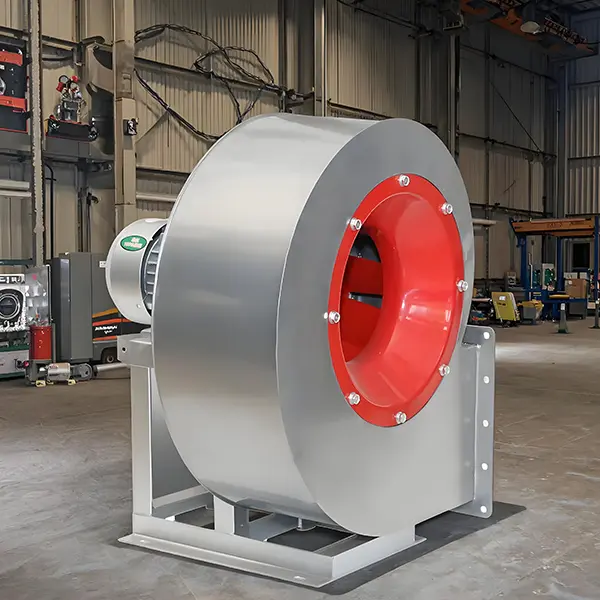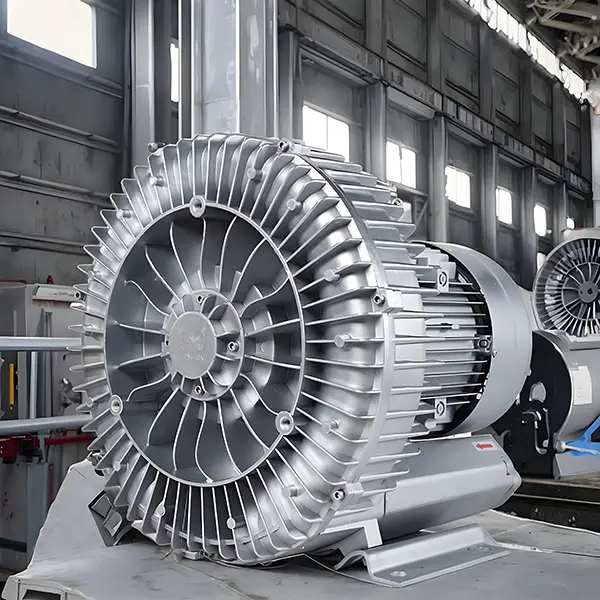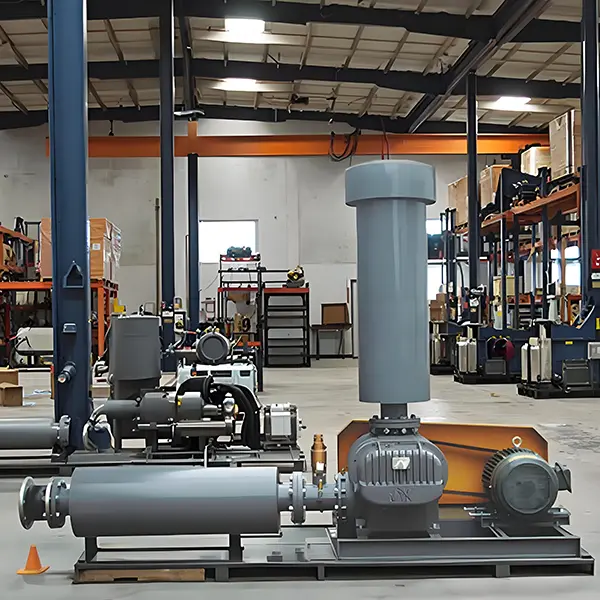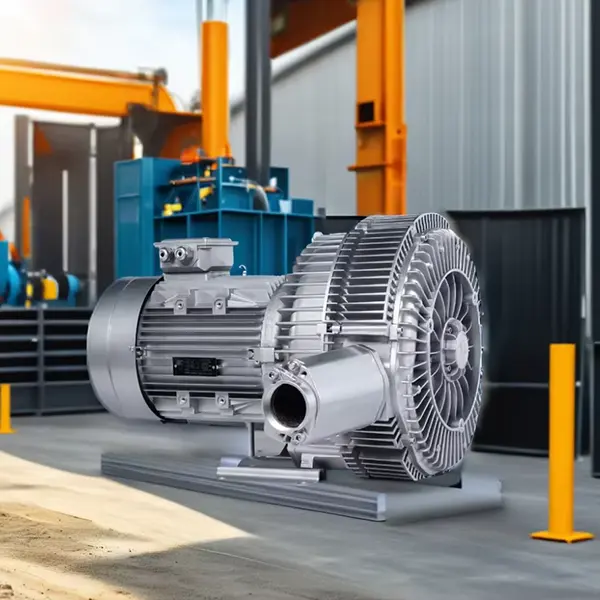How to size a centrifugal air fan?
1. Determine Your Application Requirements
Start by clearly defining your application needs. Consider the following:
Flow Rate (CFM): Assess the amount of air needed for your process, usually measured in cubic feet per minute (CFM). Make sure to account for any peak flows that might occur.
2. Evaluate Air Properties
Knowing the type of air you are moving is also essential:
Temperature: Higher temperatures can affect the air density and consequently the blower’s performance.
Humidity: Humid air is less dense than dry air, which impacts the flow rate. Adjust calculations accordingly.
3. Use a Performance Curve
Manufacturers provide performance curves for their blowers. These curves illustrate the relationship between flow rate and static pressure. Locate the desired CFM and pressure on the curve to find a blower that meets your requirements.
4. Consider Additional Factors
Altitude: If your installation site is at a higher elevation, the reduced air density will require adjustments in sizing.
Duct Design: Ensure the ductwork is properly designed to minimize bends and restrictions, which can affect airflow and pressure drops.
Noise Levels: If noise is a concern, look for blowers designed for quieter operation or consider installing sound attenuation measures.
5. Account for Safety Margins
It’s wise to incorporate a safety margin when sizing your blower. A standard increase of 10-20% in capacity can accommodate changes in future needs or unexpected requirements.
6. Consult with Experts
Don’t hesitate to seek advice from blower manufacturers. Their expertise can guide you in choosing the right blower model and configuration based on your specific conditions.
Properly sizing a Centrifugal Blower involves understanding your flow and pressure requirements, evaluating air properties, and consulting performance curves. By considering these elements, you can select a blower that optimizes efficiency and meets your operational demands, ultimately leading to better performance in your application.



